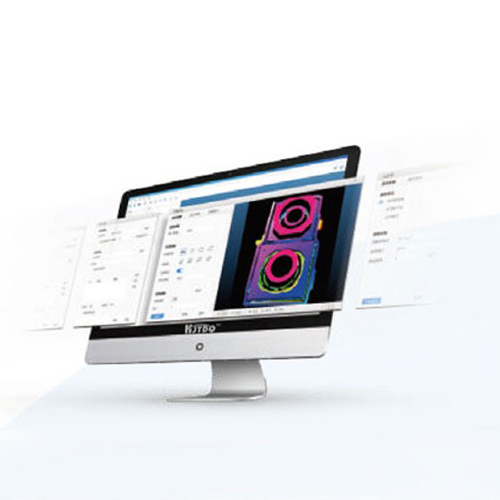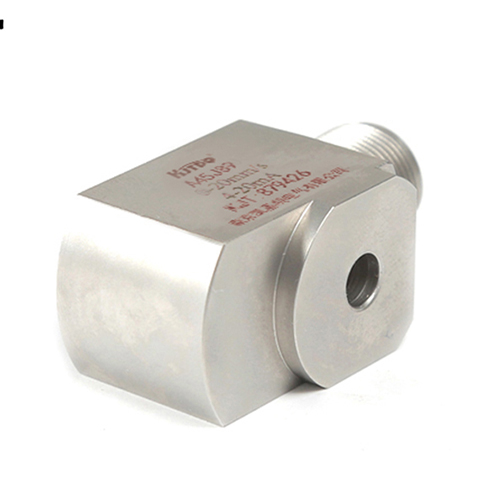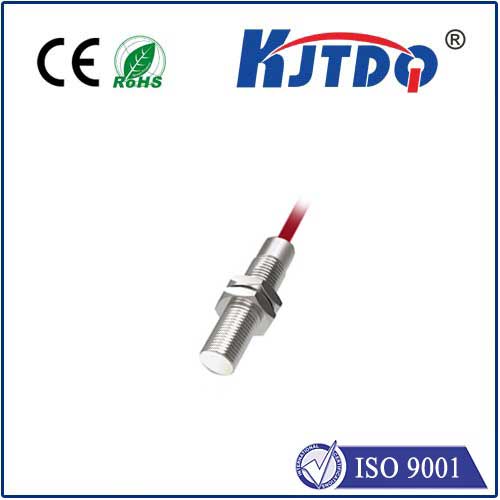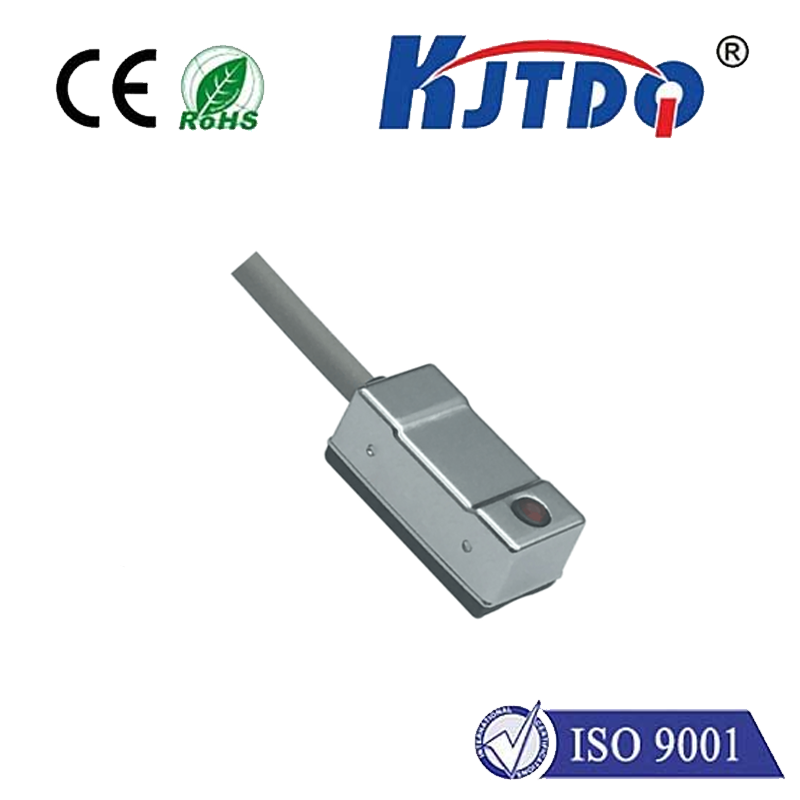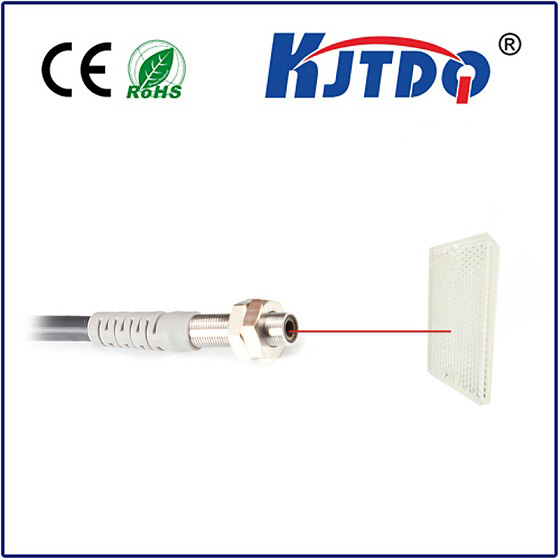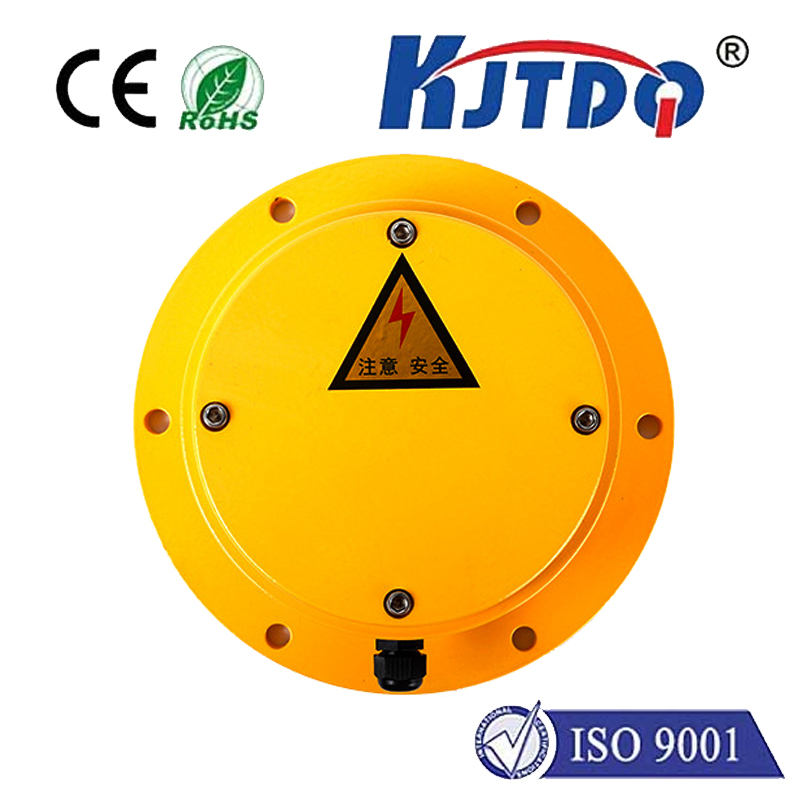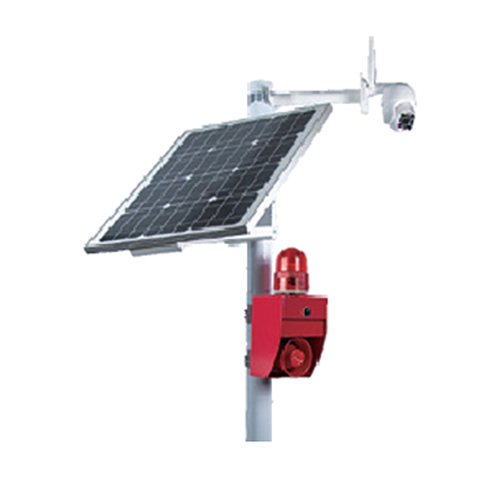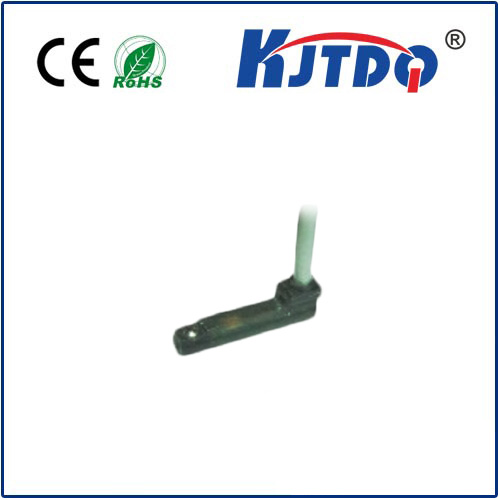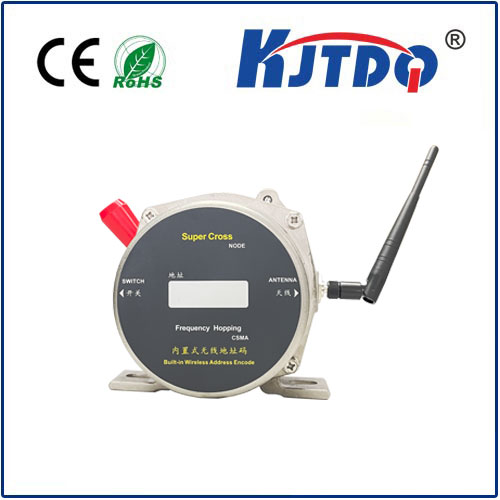

check

check

check

check

check

check

check

check

check

check

Capacitive Sensor Switch: A Revolution in Touch Sensing Technology In the world of technology, innovation is key to progress. One such innovative solution that has gained immense popularity in recent years is the capacitive sensor switch. This technology has revolutionized the way we interact with electronic devices, making it more intuitive and user-friendly. In this article, we will explore what a capacitive sensor switch is, how it works, its applications, and its advantages over traditional switches. A capacitive sensor switch is a type of touch sensor that uses the human body’s electrical properties to detect touch. It consists of two conductive plates separated by an insulator. When a finger approaches the plate, it changes the capacitance between the plates, which is detected by the sensor. This change in capacitance is then converted into an electrical signal that can be processed by a microcontroller or other electronic circuitry. One of the key benefits of capacitive sensor switches is their ability to provide a seamless and intuitive user experience. Unlike mechanical switches, which require physical force to operate, capacitive sensor switches only require light contact with the surface. This makes them ideal for use in touchscreens, where users can simply swipe or tap the screen to interact with the device. Another advantage of capacitive sensor switches is their durability and reliability. Since they do not have any moving parts, they are less likely to wear out or malfunction over time. Additionally, they are resistant to dust, moisture, and other environmental factors that can damage traditional switches. Capacitive sensor switches are used in a wide range of applications, from smartphones and tablets to appliances and industrial equipment. They are also commonly found in public spaces such as elevators and automatic doors, where they provide a hygienic and touchless solution for controlling access. In conclusion, capacitive sensor switches represent a significant advancement in touch sensing technology. Their ability to provide a seamless and intuitive user experience, combined with their durability and reliability, make them an ideal choice for a wide range of applications. As this technology continues to evolve, we can expect to see even more innovative solutions that leverage the power of capacitive sensing.
